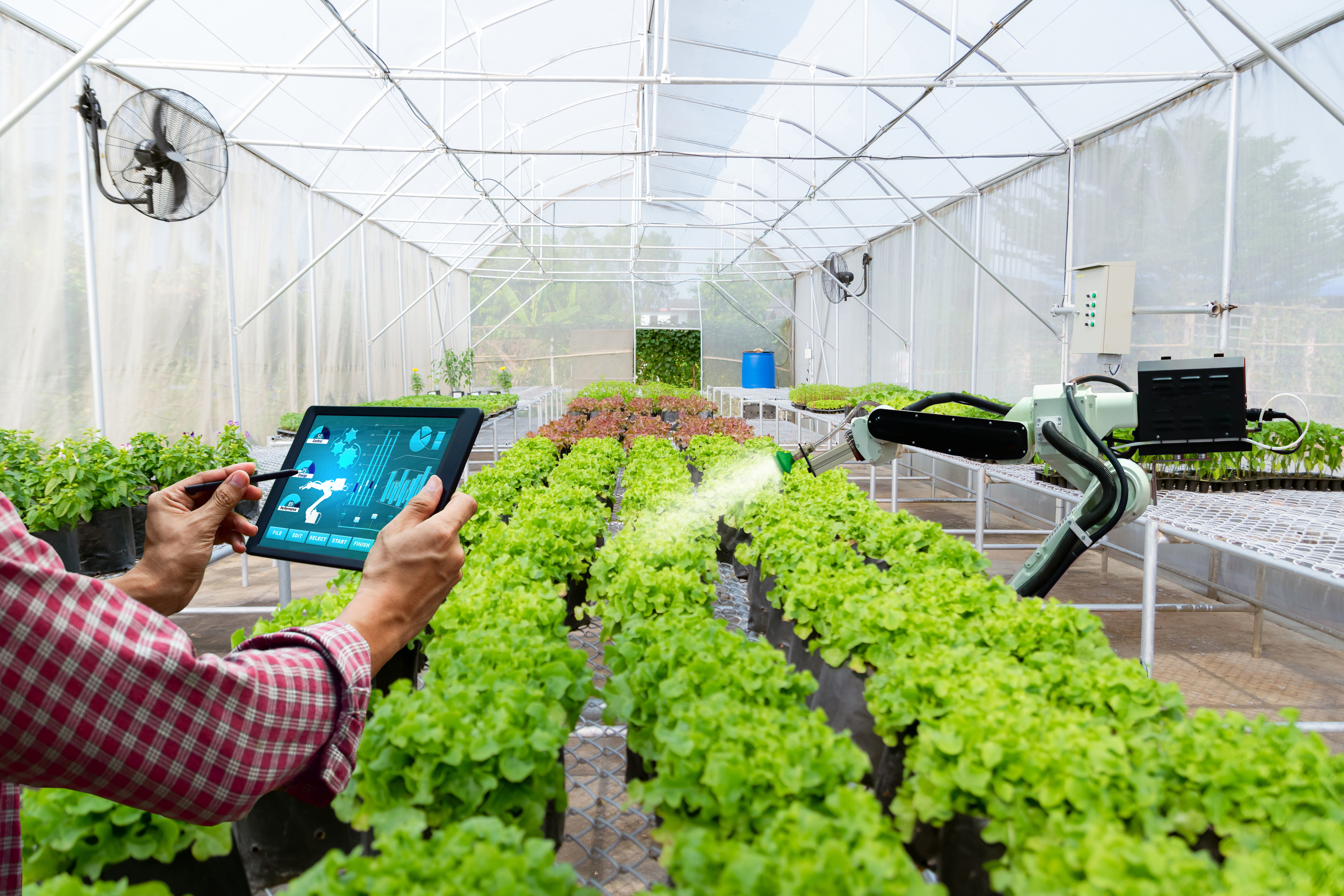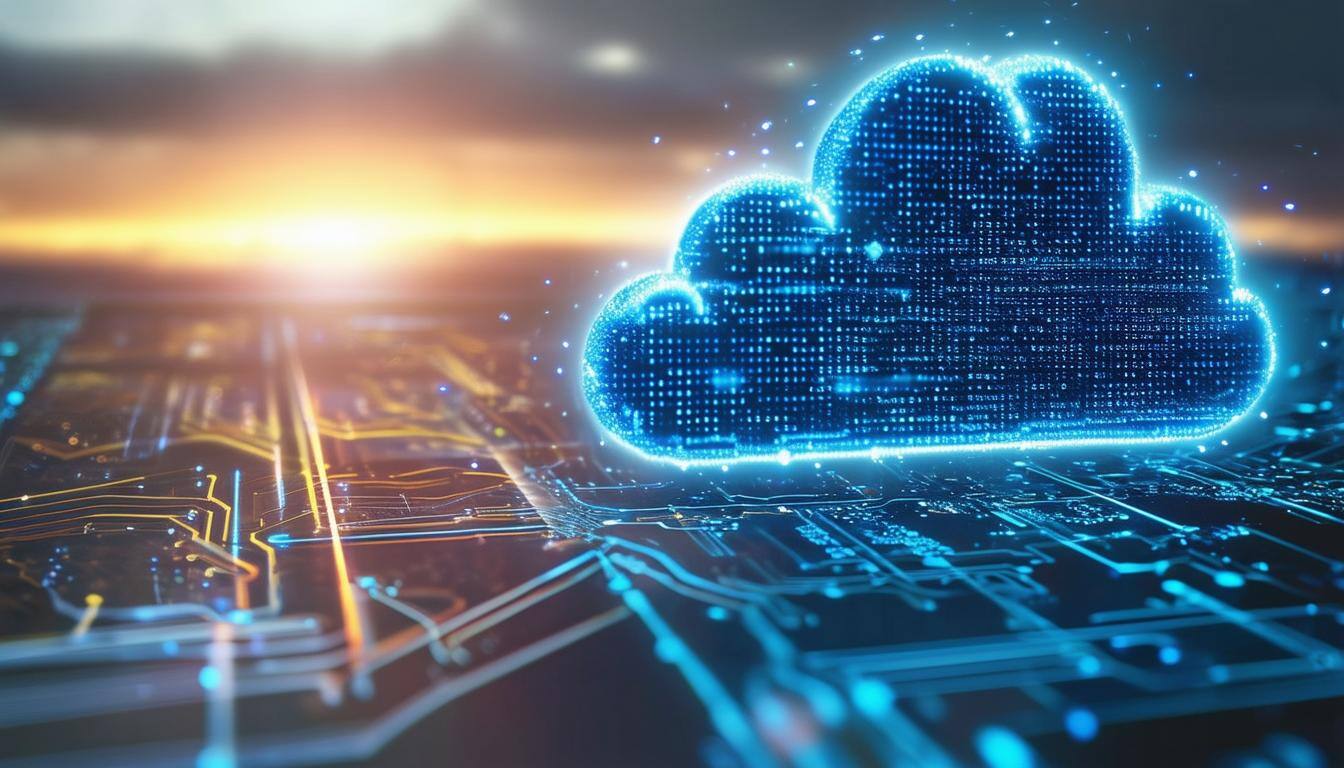In the first installment of our Internet of Things primer, we looked at the definition of IoT and the path it’s taken from its humble beginnings to its current state. In this blog, we’ll delve into the enterprise side of things and explore what IoT is allowing businesses to achieve as well as Compugen’s current work with this exciting technology.
The benefits of IoT in business
Generating, acquiring, analyzing, and communicating data seamlessly underpins the gains promised by IoT. Increasing productivity and efficiency, lowering cost and risk, and agility to make informed decisions in near real-time are top considerations. Enterprises should have access to data about their products and systems to enable a greater ability to make changes to their processes.
OEMs are embedding sensors into their products so that they can understand how these components are performing in real-time. For example, this enables predictive maintenance, allowing failing components to be replaced before they become a problem. Accurate data can streamline system performance, value chains, and supply chains.
The Industrial Internet of Things (IIoT), the fourth industrial revolution or Industry 4.0, are terms given to IoT implemented in an industrial or business setting. IIoT uses a combination of sensors, connectivity, acquired data, machine learning or AI, and analytics to measure and streamline industrial processes.
Use-case examples of Industrial IoT
The promise of IoT and IIoT is not just in connecting devices using sensors and processors or collecting and analyzing data from a single system or device. The benefit exists in the correlation of events across multiple sub-systems in an IoT ecosystem, providing intelligent insights for an organization. We can find a great example in connected farming.
The United Nations predicts that the world population will reach 9.7 billion by 2050, requiring 70% more food to feed the growing population. By 2030, the needed water supply will fall short by 40%, and about a quarter of the farmable land needs significant restoration before it can sustain crops. To address this stack of challenges, the agricultural industry must fully commit to digitally transforming operations. Examples of how we can optimize outputs in farming are explored in the following use-cases.
1. Smart Crop MonitoringIntegrating data from weather, irrigation, nutrient, and other systems may improve farm input utilization and increase crop yields by accurately identifying and predicting deficiencies. Sensors deployed to monitor soil conditions could direct irrigation systems to adjust water and nutrient distribution. Sensors could also deliver imagery from the fields to help farmers get timely warnings to prevent disease, control pests, and make intelligent decisions to optimize harvesting windows.
2. Smart Livestock Monitoring
In large-scale livestock facilities where animals are raised in close quarters, preventing disease and spotting distressed animals is crucial. A neck or ear tag can be used to monitor the health of cattle. These sensors measure heart rate, blood pressure, temperature, respiration, humidity, and rumination. Readings out of threshold can indicate an animal that is sick or in distress, giving the farmer near real-time information to administer proper and timely care.

Remote Monitoring in Action with IoT
In some of our work with customers, we’ve had the opportunity to engineer an IoT solution to perform refrigeration monitoring at a chain food market. The idea was to help transform businesses such as butcher shops and restaurants to serve safer products. By implementing IIoT systems, these stores prevent unnecessary site visits and equipment checks, reduce downtime, improve asset utilization, and maintain compliance with safety and regulatory requirements.
In collaboration with Cisco’s Industrial Asset Vision, a cloud-managed solution for monitoring and tracking facilities remotely, we’ve helped customers solve key operational challenges. In the case of the meat shop, IIoT sensors alert the system of ajar cold room doors, causing refrigeration and ventilation units to work harder. The system can also maintain the right temperature, ensuring that the product is safe for consumption and reducing waste in terms of spoiled produce. The result is a highly efficient system, with assets and facilities working at full optimization, improved working safety, and better-quality products.
Cisco’s secure industrial sensors provide environmental and operational data transmitted via wireless LoRaWAN gateways for secure, reliable, and long-range connectivity for indoor and outdoor industrial environments. Administrators manage all data using the IoT Dashboard, giving them visibility to the location and condition of monitored assets. Some of the sensors which can be integrated into a solution of this type track indoor and outdoor temperature and humidity, product temperature, refrigeration temperature, doors and windows, water leaks, and indoor occupancy.
This is but one example of how Industrial IoT is revolutionizing how companies are doing business by allowing them to collect data, generate insights, and make critical business decisions based on that information. There’s near limitless potential for IoT in the enterprise sector. If you want to discover how you can deploy IoT in your operations, reach out to us – we love creating new possibilities through technology.





.png)